Akiya Investment in Japan: A Pioneer’s Guide to Rural Property
Part I: The Emerging Market in the Japanese Countryside
A. Beyond the Dream: Identifying the Opportunity
The global conversation around Japan’s vacant homes, or akiya, often begins with a romantic yet incomplete picture: a “$5,000 countryside gem” offering an escape from the pressures of modern urban life. While this narrative has captured the world’s imagination, the savvy investor looks past the viral headlines to see the true opportunity. The key is not to chase the fantasy, but to understand the fundamentals of a unique and undervalued asset class.
The reality is that for every Ghibli-esque fantasy, there is a potential logistical nightmare. This discrepancy doesn’t signal a doomed venture; it signals a market that rewards due diligence. The uninformed are set up for failure, but the investor with the right mindset, budget and expectations can navigate this landscape to build a life of immense quality and create significant long-term value. This is not about buying a cheap house; it is about strategically investing in a property and a community to create something exceptional. This is the foundation upon which new, sustainable markets will be built, benefiting both the investors and the towns they choose to call home.
B. The Demographic Opportunity: Japan’s Undervalued Housing Stock
The akiya phenomenon is a direct result of Japan’s major demographic shifts. With more than 9 million vacant properties—a figure projected to swell to more than 23 million by 2038—the country faces a significant challenge. Decades of urbanization, an aging population and complex inheritance laws have created a massive surplus of housing stock, particularly in rural areas.
For the strategic investor, this national challenge represents a historic market opportunity. This is not a typical real estate market driven by speculation and rapid turnover. It is a market where the sellers—overburdened heirs or struggling municipalities—are often motivated by a desire to offload a liability rather than maximize profit. This dynamic has created an environment where tangible assets can be acquired for a fraction of their potential value, allowing the pioneer investor to enter the market and create value through thoughtful renovation and community integration.
C. Thesis: The Pioneer Investor’s Advantage
This guide will argue that for a specific type of individual—the Pioneer Investor—the akiya market offers an unparalleled opportunity. This is not a passive investment. It is a high-engagement venture for those with the right capital, cultural intelligence and long-term vision. The Pioneer Investor understands that success requires moving beyond the simple transaction of a cheap house to embrace a holistic project of creating value. By deconstructing the costs, understanding the social dynamics and leveraging the available support systems, the Pioneer Investor can secure not only an exceptional lifestyle and a sound financial asset but also play a direct role in the revitalization of rural Japan—an achievement worthy of recognition.
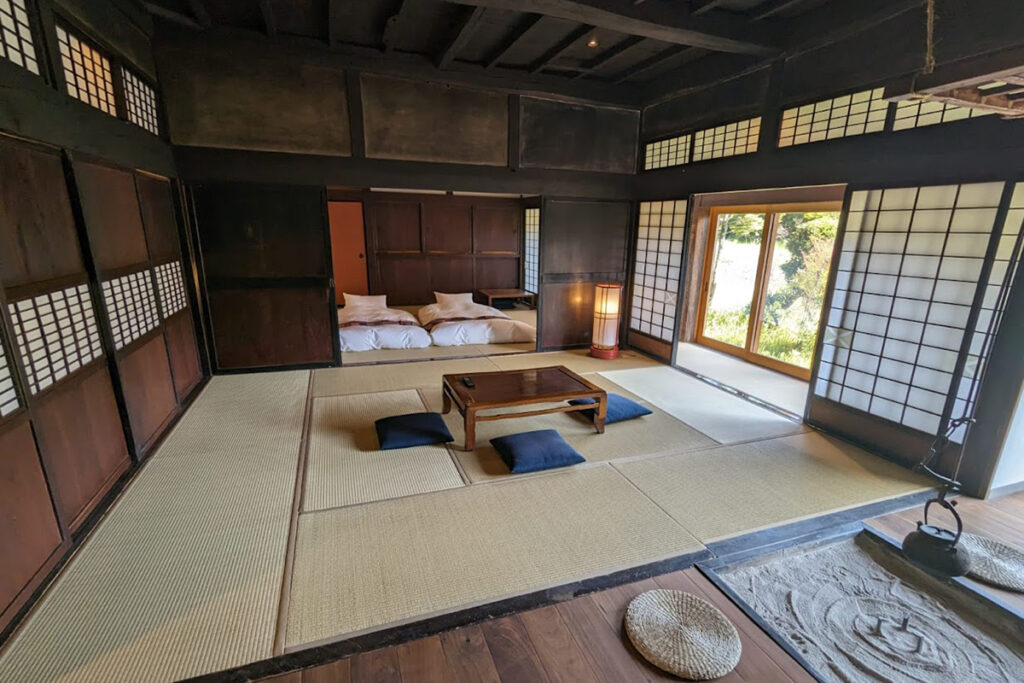
Part II: The Investor’s Playbook: Deconstructing the Total Investment
A successful akiya investment requires a clear-eyed understanding of the total capital commitment. Framing these costs not as “problems” but as a strategic “investment breakdown” is the first step. The goal is not just to repair a house, but to create a high-quality, valuable asset.
A. The Financial Breakdown: Your All-In Budget
Forget the fallacy of the “$5,000 gem.”. The true investment is in the transformation. While uninhabitable properties can be acquired for very little, a more realistic budget for a project that results in a safe, comfortable and valuable home is around $250,000 USD. This figure should be seen as an all-in investment covering three key areas:
- Acquisition & Fees: The initial purchase price plus essential fees for brokers, lawyers and surveyors who will form your professional team.
- Strategic Renovation: This is where the most significant value is created. It includes non-negotiable upgrades such as seismic retrofitting, modern insulation and addressing any structural issues. This isn’t just a cost; it’s an investment in safety, comfort and the long-term durability of your asset.
- Taxes: A predictable part of ownership, including one-time acquisition taxes and a modest annual fixed asset tax.
B. Building Value: Structural Upgrades and Modernization
The majority of akiya predate modern seismic codes, presenting a clear opportunity for value creation. Investing in a seismic retrofit and other structural upgrades transforms a vulnerable building into a secure, modern home. This not only protects your family and your investment but also significantly enhances the property’s potential resale value and appeal. Furthermore, by renovating a derelict property, you mitigate the “ghost town” effect, improving the entire neighborhood and contributing to the collective good.
C. Navigating the Path to Ownership
The bureaucratic process in Japan, while detailed, is navigable with the right professional support. Issues such as unclear ownership titles are puzzles to be solved by your legal team, not insurmountable barriers. Municipal property listings are best viewed as lead-generation platforms, the starting point for your own rigorous due diligence.
Crucially, property ownership does not grant residency. This is a critical planning point. The Pioneer Investor either has a separate path to residency or plans to use the property within the scope of visitor visas. This reality filters out casual dreamers and selects for serious, well-prepared individuals who have a comprehensive plan. The challenges of the process are not flaws in the market; they are the very features that create an exclusive opportunity for those prepared to meet them.
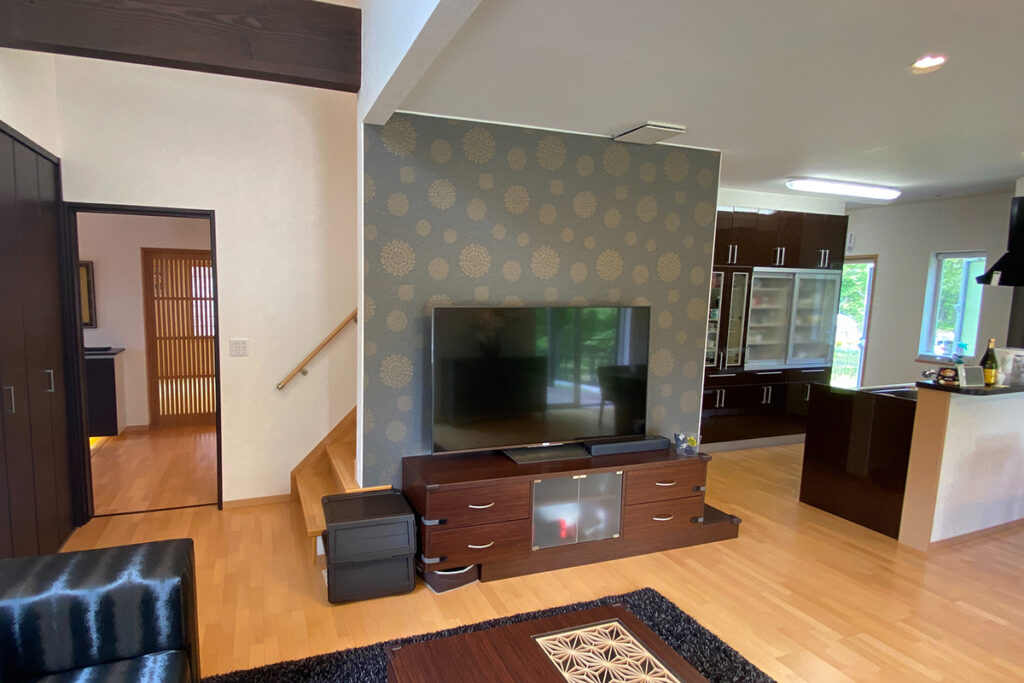
Part III: The Social Capital Investment: Building Your Community
In rural Japan, the most valuable asset you can build is trust. A financial investment in a house is incomplete without a corresponding investment in “social capital.” This is where the Pioneer Investor truly distinguishes themselves, creating a rich life and securing their welcome.
A. The Social Contract: An Opportunity for Integration
Viewing community integration not as a “labor” but as a rewarding part of the investment is key. Actions such as formally introducing yourself to neighbors, participating in local festivals and joining community cleaning days are not obligations; they are opportunities to build genuine relationships. In a culture where trust is paramount, these actions are the currency that unlocks true belonging. The return on this investment is immense: a deep sense of community, a network of support and the satisfaction of being a valued member of your new home.
B. The Local Gaze: Community Due Diligence
The initial caution newcomers may encounter is not resistance; it is the community conducting its own due diligence. Long-term residents have a vested interest in ensuring new members will be positive contributors. Passing this “social audit” by demonstrating genuine respect, humility and a long-term commitment is a powerful validation of your investment thesis. Earning the community’s trust is a leading indicator of a successful, sustainable venture. Conversely, absentee ownership or a failure to integrate risks not only social isolation but also community opposition, which can undermine the entire project.
C. Revitalization: The Ultimate Goal
The Pioneer Investor has a strategic choice: be a catalyst for revitalization or a source of gentrification. The latter is a losing strategy. True, sustainable value is created through revitalization—by launching a small business, creating a welcoming guesthouse or simply being an active, engaged resident who adds to the social fabric. This approach creates a positive feedback loop: your investment improves the community, which in turn enhances your quality of life and the long-term value of your asset. For those who achieve this synergy—improving their own lives while tangibly bettering their community—they earn more than just a return on investment. They earn a “gold star,” the deep satisfaction of having contributed positively to the future of rural Japan.
D. Your First Step: Exploration and Connection
The journey to successful investment and integration doesn’t begin with a property search; it begins with exploration. The best way to discover the perfect location and begin developing the essential social capital is to get out there. Travel the countryside, experience different prefectures and talk to people. This on-the-ground research is invaluable. For those looking for a structured and insightful way to conduct this reconnaissance, curated experiences such as our retreats offer a unique opportunity to connect with local communities and gain a deeper understanding of the realities and rewards of life in rural Japan.
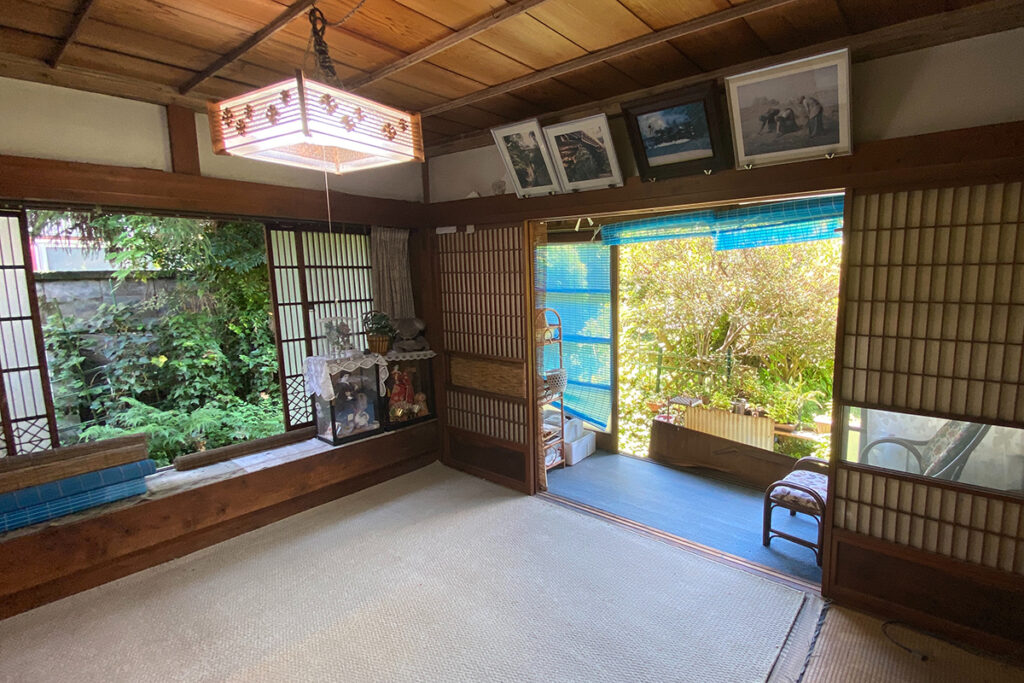
Part IV: Your Support Network: The Akiya Ecosystem
The Pioneer Investor is not alone, but navigating the support system requires expert guidance. A sophisticated ecosystem of private and public entities has emerged, offering crucial services and incentives that can be leveraged for success.
A. Your Professional Partners: Navigating the Landscape
A network of specialist consultants and expert firms has arisen to cater to foreign buyers. These professional partners are more than just brokers; they are strategic advisors who provide the essential expertise to navigate a complex market. Engaging the right team provides you with professional management of the entire process, from property identification and due diligence to overcoming language barriers and connecting with reliable contractors. Identifying these key players and building this team is one of the most critical steps in the entire process, and expert guidance is invaluable.
B. Government Incentives: De-Risking Your Investment
The Japanese government actively encourages akiya revitalization. The Vacant Houses Special Measures Act empowers municipalities to create Akiya Utilization Promotion Areas, where building regulations are relaxed to lower renovation costs. Furthermore, many local governments offer direct financial subsidies, with some prefectures providing grants of up to ¥3 million (more than $20,000 USD) to offset renovation expenses. The savvy investor will, with expert assistance, research and leverage these incentives to de-risk their project and improve their financial return.
C. The Public-Private Opportunity
The government’s focus on asset management has created a policy vacuum in holistic community development. This is not a weakness of the market; it is the primary opportunity for the Pioneer Investor. Where government action is limited, private investment and individual initiative can create tremendous value. By launching a business, creating a community hub or simply bringing a home back to life, you are stepping into a role the government cannot fill, becoming a key agent in the revitalization process.
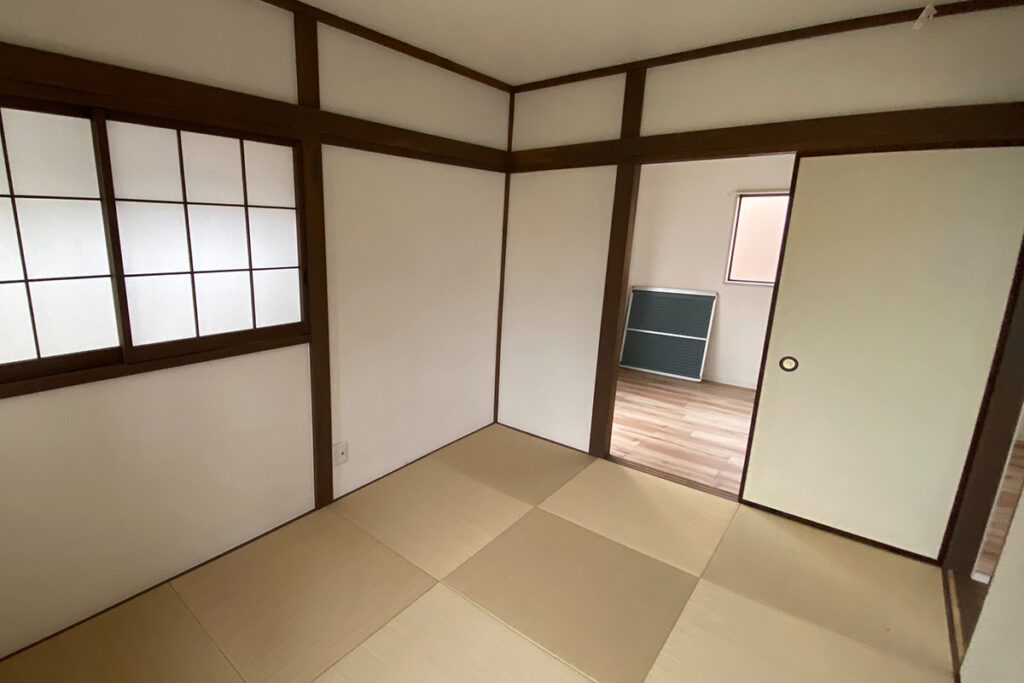
Part V: A Unique Asset Class: Japan vs. The World
Compared to similar “bargain home” schemes globally, such as Italy’s 1-Euro houses, Japan’s akiya market presents a uniquely compelling value proposition for the serious investor.
A. The Arbitrage Opportunity
Both the Japanese and Italian initiatives stem from rural depopulation. However, the concept of value is inverted. The seller is offloading a liability, which creates a classic arbitrage opportunity: the ability to acquire an asset for a price far below its potential post-renovation value. The “job” of being a restorer and community member is the work that unlocks this latent value. You are compensated with a low entry price for your willingness to take on this value-creation project.
B. The Japan Advantage
While Italy faces notorious bureaucracy and contractor issues, Japan offers a uniquely stable and appealing environment. The investment is backed up by the nation’s unparalleled safety, political stability, high-quality infrastructure and world-renowned culture of craftsmanship. The risk-adjusted return—measured in both financial potential and quality of life—is arguably far higher in Japan. You are not just buying a house; you are buying into one of the most desirable societies on earth.
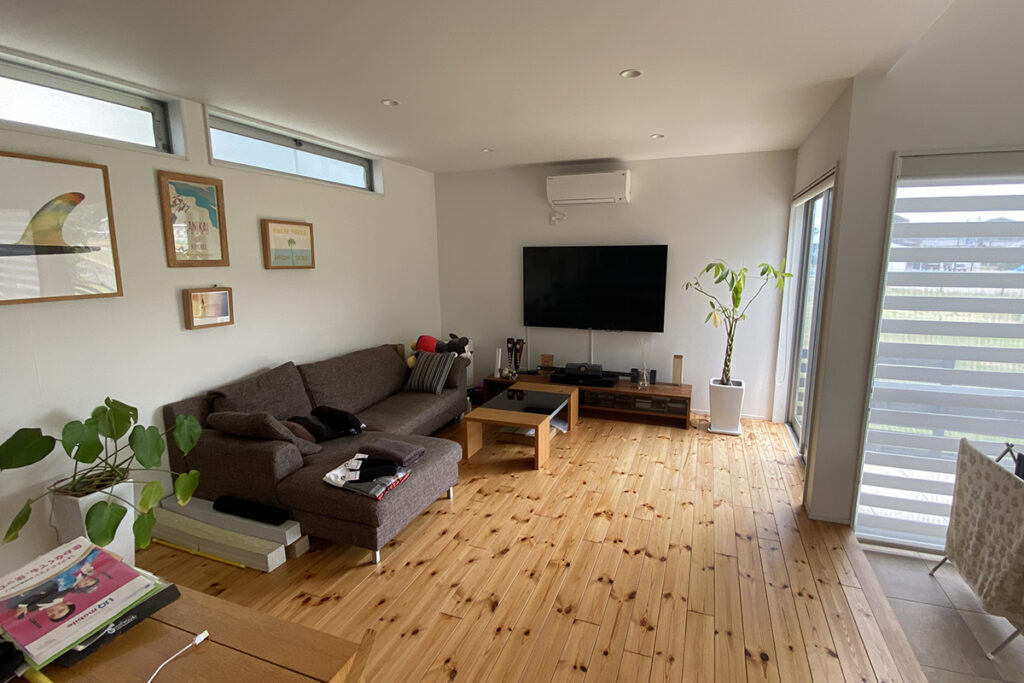
Part VI: The Akiya Opportunity: A New Frontier for Investment
The foreign investment in Japan’s akiya market is a story of strategic opportunity for those with the vision to see it. It is a chance to move beyond conventional assets and invest in something of tangible, lasting value.
A. The Verdict: An Exclusive and Rewarding Venture
On a micro-level, the impact of Pioneer Investors is undeniable. Homes are saved, heritage is preserved and communities are energized. The fact that this is a niche solution is precisely what makes it an exclusive opportunity. The high barriers to entry—capital, patience, cultural intelligence—create a market that is not saturated by speculators. It is a frontier reserved for a small number of serious, committed individuals.
B. The Profile of the Pioneer Investor
The successful akiya investor is a unique hybrid: a financially secure individual with practical project-management skills, a deep sense of cultural humility and a vision that balances lifestyle goals with financial returns. They are stewards, entrepreneurs and community builders.
C. Answering the Call
The akiya trend is more than a real estate story; it is an invitation. It is a chance for a select group of global citizens to participate directly in the future of a nation. The core challenge for rural Japan is not a lack of houses, but a need for new people with new energy and new ideas. The Pioneer Investor is not merely acquiring property. They are answering a call, stepping into a vital role and writing a new, prosperous chapter for themselves and for the future of rural Japan.

